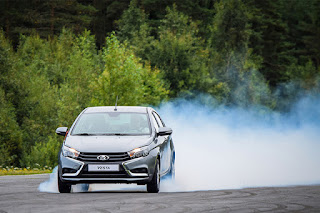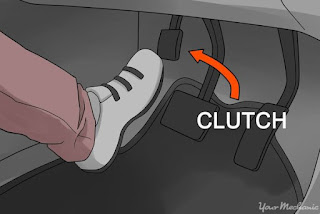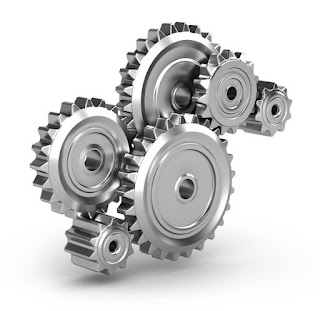The 10 driving habits that can damage your car
Are your terrible driving propensities setting your vehicle under superfluous strain? We've assembled a rundown of 10 things that could be harming your vehicle - and you probably won't understand you're doing them.
1. Running the tank low on fuel
It very well may be near pay day, or you're behind schedule, or you may be interested to see exactly the way that far your vehicle can drift on vapor however running your vehicle on low fuel will make it get soil from the lower part of the tank.
What's more, your fuel goes about as an oil and coolant for the fuel siphon, so allowing the fuel to dry up makes expanded mileage the siphon, prompting disappointment, a come by the roadside, and in the long run a costly substitution.
2. Resting your hand on the gear stick
Project yourself back to your driving examples (on the off chance that this memory is somewhat dim, just relax, we are in almost the same situation). One of the primary things your teacher presumably told you was to keep two hands on the wheel consistently, yet a considerable lot of us foster negative behavior patterns when the 'L' plates descend. One of these could incorporate laying your hand on the gearstick. Be that as it may, did you had any idea about this can be terrible for the transmission?
The gearstick is connected to a control pole in the gearbox that has selector forks, which is intended to connect with an alternating collar for a short measure of time. Assuming you lay your hand on the gearstick, you risk applying strain to the selector fork, bringing about superfluous wear.
A few proprietor's manuals explicitly exhort against laying your hand on the gearstick, it merits really taking a look at yours to check whether that is.
3. Slamming on the brakes
Assuming you're continuously banging on the brakes since you're driving excessively near the vehicle in front, you really want to ease off. In 2018 the PSNI revealed that 'driving excessively close' was the second most normal head causation consider injury street car accidents. As well as this, unexpected stops overburden the slowing mechanism, breaking down your cushions and circles quicker, as well as setting you back more fuel all the while.
As a rule, a sluggish and thought about way to deal with driving, expecting the street ahead, is better for your security and the wellbeing of others, your vehicle and the climate.
4. Resting your foot on the clutch pedal
Unfortunate grip control will cause unnecessary wear, shortening the existence of the plate. Ensure your foot has left the grasp pedal - utilizing the off-grip ottoman, if fitted. While performing slope begins, leave the vehicle in unbiased with the handbrake on until you're prepared to move.
5. Revving the engine before it’s warm
Try not to fire up the motor until its warmed to give the oil the opportunity to warm and course around the motor. This will stay away from possible harm and futile mileage.
6. Delaying regular maintenance
It's something else that we love to put off… "it can stand by to the following week, one month from now, one year from now." Staying aware of overhauling can be an agony, and very costly, yet in the event that you don't you'll experience a development of horrendous muck and consumed oil in your motor. This much can obstruct oil displays and stop the oil safeguarding your motor, which can bring about disastrous disappointment.
7. Neglecting warning lights
A few lights, for example, 'washer liquid' or 'bulb gone' can be overlooked until you have an opportunity to stop, however others should be researched at the earliest open door. It merits looking at your proprietor's manual to find what the admonition lights on your dashboard mean and diving more deeply into the most serious ones so you know when it's important to pull over promptly while driving.
8. Hitting potholes and speed bumps
Where potential, potholes ought to be kept away from. Reports have found that 33% of everything vehicle harm is caused as a result of potholes. The effect can cause clasped wheels, bumps in the tire and broke amalgams, as well as disturbing the following and wheel adjusting. Essentially, driving over a hindrance without dialing back can make harm the front and back of the vehicle, the underside, and possibly the exhaust framework.
9. Being in too high a gear
You could believe you're saving fuel by keeping the motor fires up low yet being in too high a stuff at too low a speed, makes superfluous stress on the motor and can harm your chamber heads, prompting costly fixes. Essentially, utilizing a low stuff that has the motor shouting will cause pointless mileage, as well.
10. Overloading your vehicle
The more noteworthy the heap, the more strain you're putting on the brakes, suspension and drivetrain. It's likewise important that while leaving superfluous things like golf clubs or exercise center stuff in the boot of your vehicle won't include expanded strain your vehicle's parts, it will influence your vehicle's mileage and potentially your vehicle's emanations yield.















